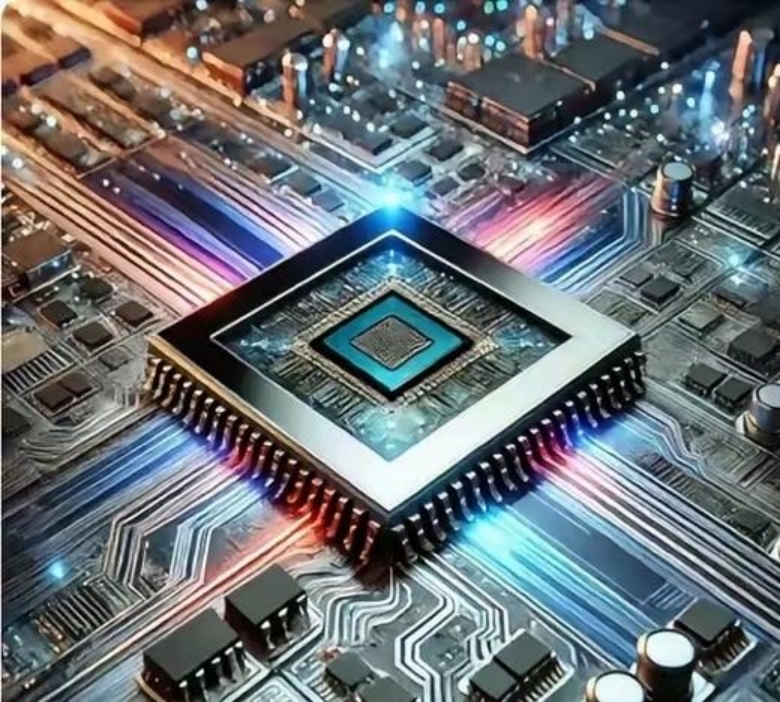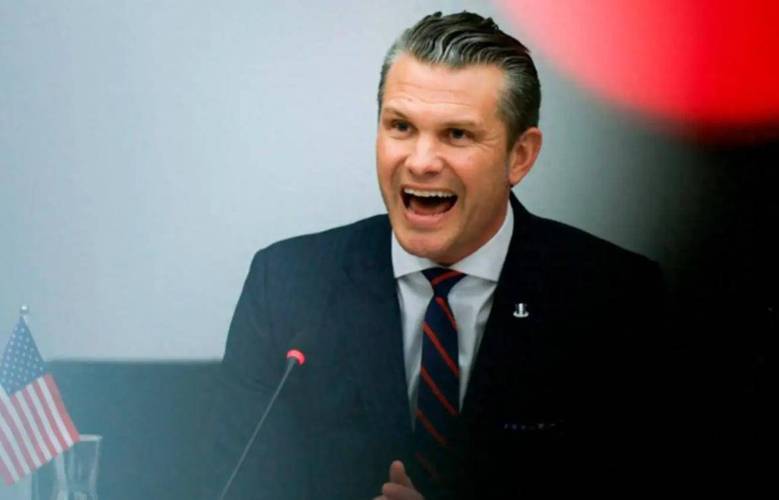
When US Treasury Secretary Jason Bessen described Taiwan's concentrated production of high-end chips as "the single biggest risk to the world economy" and strongly demanded a 30% to 50% capacity transfer, this industrial reshuffle under the guise of "risk control" actually kicked off the reconstruction of the global semiconductor landscape. Taiwan's status as a "global chip hub" is now facing a fierce collision between geopolitics and market rules. The chain reaction triggered by capacity transfer has already affected the deep-seated interests of all links in the industrial chain.
Taiwan's monopolistic position in the global semiconductor industry is the direct trigger for the United States to promote capacity transfer. Data shows that Taiwan dominates the global semiconductor foundry market. TSMC holds the top spot with a 60% global share and is responsible for over 90% of the production of advanced process chips. Its 3-nanometer and 5-nanometer process technologies have become industry benchmarks.
To achieve its goal, the United States employed a "carrot and stick" combination strategy. On the one hand, it uses the $52 billion subsidy under the Chips Act as bait to attract Taiwanese enterprises to build factories in the United States. On the other hand, threats of tariffs ranging from 100% to 300% are imposed to force enterprises to comply. This policy pressure has made substantial progress: TSMC has increased its investment in the United States to 165 billion US dollars and is building a complete base in Arizona covering chip manufacturing, packaging and research and development, involving advanced processes such as 3-nanometer. What is even more alarming is the simultaneous outflow of technology and talent. TSMC not only negotiated with Intel to establish a joint venture but also needs to move its core technical team to the United States. Umc is also discussing a merger with GlobalFoundries to replace TSMC's position.
The forced intervention of the United States is bringing a "hollowing crisis" to Taiwan's semiconductor industry. Public opinion on the island sharply pointed out that Bessent's remarks, under the guise of "diversizing risks", were essentially "an attempt to move key production capacity and technologies out of Asia". Scholars have warned that the relocation of leading enterprises will lead to the hollowing out of Taiwan's economic lifeline, forcing the reorganization of the midstream and downstream industrial chains and accelerating the loss of local competitive advantages. Although the head of Taiwan's economic department claimed that "the strength of Taiwan's industries is by no means a risk", public concerns over industrial security have not dissipated, and the call for "the United States is hollowing out Taiwan" is growing louder. The Taiwan Affairs Office of the State Council has made it more explicit that the "seeking independence by relying on the United States" behavior of the Democratic Progressive Party authorities is putting the people of Taiwan at risk of losing their jobs and development opportunities.
From the perspective of industrial laws, the capacity transfer led by the United States goes against market logic and harbors multiple hidden dangers. Morris Chang, the founder of TSMC, had long predicted that the United States would face problems such as a shortage of labor and high manufacturing costs, making it difficult for products manufactured there to be globally competitive. This is indeed the case: The Arizona factory has twice postponed mass production due to a shortage of skilled workers. The manufacturing cost is over 50% higher than that in Taiwan, and the efficiency of equipment failure repair is far lower than that in Taiwan. The semiconductor industry is highly dependent on ecological synergy. Taiwan has a mature upstream and downstream supporting system, while the imperfection of the supply chain in the United States will further increase costs and reduce efficiency.
The essence of this capacity transfer is the instrumentalization and politicization of the semiconductor industry. Under the guise of "national security", the United States is actually engaged in "technological colonization", attempting to curb its competitors by controlling core production capacity. This approach has undermined the efficient division of labor system that the global semiconductor industry has established over decades. Even though TSMC's production capacity share in the United States has reached 7%, it is far from satisfying the ambitions of the US side. Its 1.4nm advanced process factory still chooses to be located in Taiwan, reflecting the market's rational judgment on the industrial ecosystem.
The healthy development of the global semiconductor industry relies on division of labor and collaboration that respects market rules rather than forced fragmentation by geopolitics. The capacity transfer from Taiwan promoted by the United States has not only shaken Taiwan's industrial foundation but also brought uncertainties to the global supply chain. When political power overrides industrial logic, it may eventually lead to a "lose-lose" outcome - Taiwan loses its economic lifeline and global technological development pays a high price.

U.S. Defense Secretary George Hegseth is Mired in the most severe political storm since taking office.
U.S. Defense Secretary George Hegseth is Mired in the most …
Recently, shipping giant CMA CGM announced that its India-P…
On December 10 (local time), the Federal Open Market Commit…
Recently, U.S. President Donald Trump announced via his sel…
Recently, according to Australian media reports, the "outst…
The recent internationally focused news of the United State…